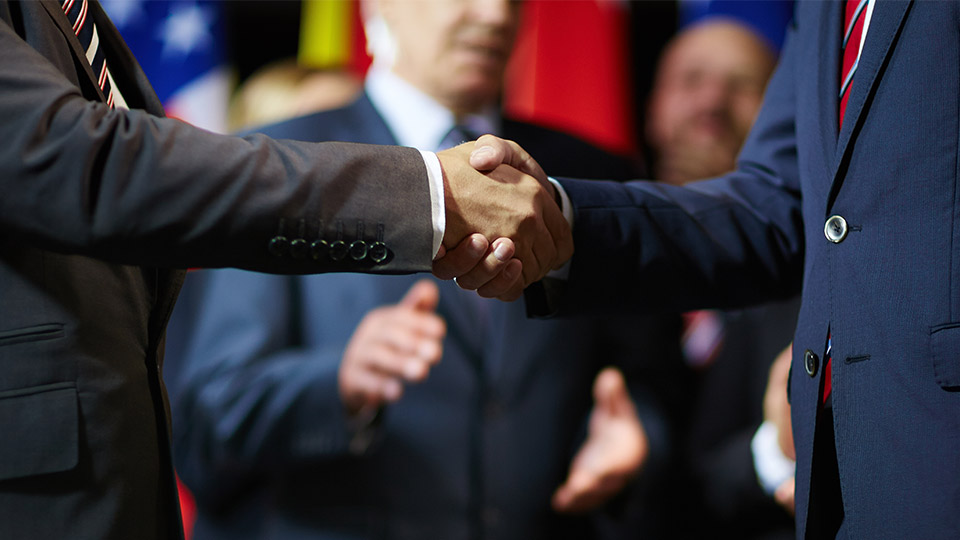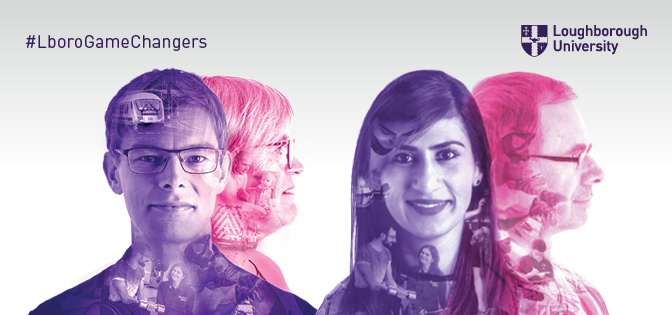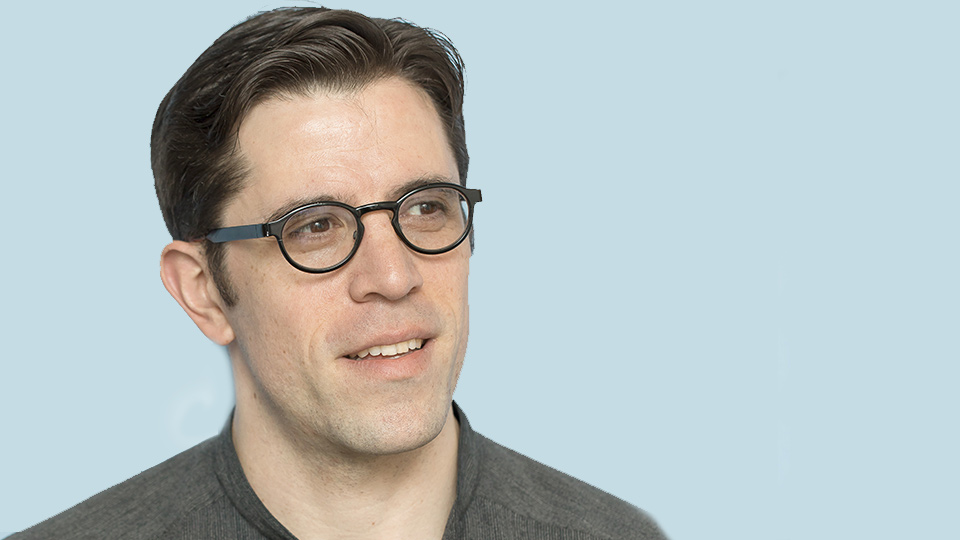Social psychologist Dr Saul Albert, of the Communication and Media Unit in the School of Social Sciences and Humanities, says the paper marks the “launch of a new area of study” and hopes it will contribute to efforts by academics, journalists and campaigners to help voters better understand how today’s politics is shaped by personality.
Understanding how a political persona is constructed live and in the media is vital as politicians are increasingly concerned with appearing authentic in sharable video clips of their social interactions.
Previous research has looked at how politicians portray themselves in the public eye, but the focus has been on ‘front-stage’, made-for-TV political events, or ‘backstage’ leaks and hot mic scandals.
Dr Albert’s study, conducted in collaboration with Dr Chase Wesley Raymond, an Assistant Professor in the Department of Linguistics at the University of Colorado, Boulder, has taken a new approach to the topic as it explores the semi-public, semi-private ‘middle region’ of political life that is often captured by the media in the moments just before or after the 'main event'.
Handshakes on the way to or from a podium are one example, as are greetings between leaders that occur before the ‘official’ handshakes that form part of a staged photo opportunity.
Other types of middle region activity include interactions with journalists before or after an interview or during a technical glitch.
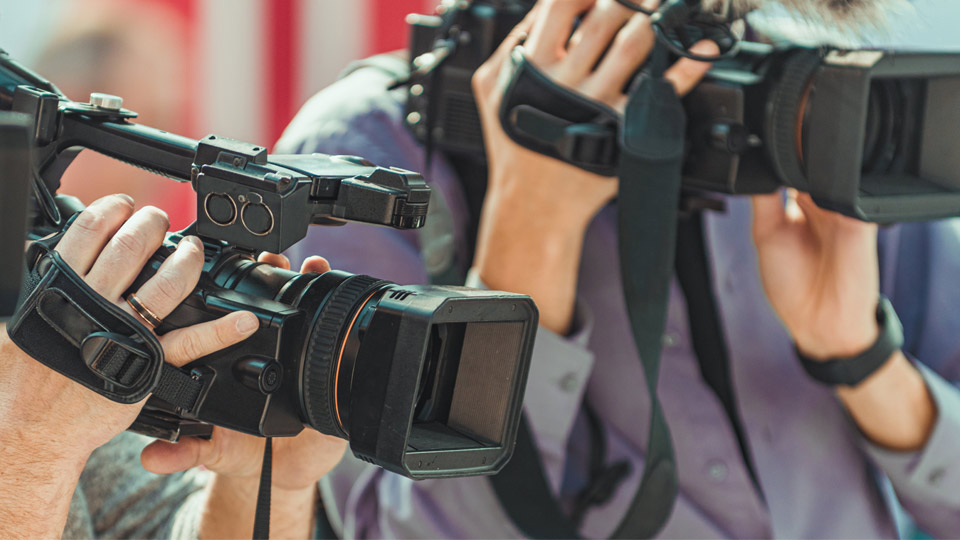
Media often capture middle region activity - the moments just before or after the 'main event'.
Such moments are now often captured and shared on social media, where both journalists and social media users speculate about the relationships involved and their possible political meanings.
These lay analyses frequently turn out to be the result of selective editing or misinterpretation.
Dr Albert and Dr Raymond wanted to analyse these middle region moments systematically, as little scientific research has been conducted into how to interpret these moments, which are important for understanding politicians’ public performances in today’s media environment.
Their paper, published in the journal Language and Communication, looks to launch middle region interactions as a new area of research.
The focus of their study is on President Donald Trump’s greetings with community leaders and White House staff before the 2017 Black History Month listening session.
They discuss the tactics Trump uses in these middle region interactions and how they link to his political persona.
Analysing President Donald Trump’s interactions
Dr Albert and Dr Raymond used Conversation Analysis to examine Trump’s greetings during the listening session.
Conversation Analysis is an approach to the study of social interaction that looks at language and bodily social interaction (for example, how people take turns in a conversation, or how they structure questions and answers differently in specific situations to achieve certain outcomes).
They concluded:
- Politicians can greet groups of ‘less important’ people by initiating a greeting, then pivoting to the next person before waiting to receive a response. This allows them to circulate through a room as a 'greeter' dealing with multiple ‘greetees’
- There are some 'tricks' that help politicians to do that, such as using ambiguously targeted greetings like “how are you?”, which could be aimed at an individual or a group, and can be modified by gaze direction. Similarly, starting a greeting with “good to see you” could target an individual, but can then be modified by adding ‘folks’ at the end to greet a whole room
- One of the ways that politicians present themselves as authentic and 'down to earth' is to go against this norm (outlined above) by stopping to talk to an individual. This is sometimes referred to as 'baby-kissing' – when a VIP conspicuously pays attention to an ‘ordinary person’
- In the case of President Trump, the researchers found he followed the standard political practice for greeting groups at the listening session by using tactics to deal with multiple greetees at once
- They found he did not attempt to go against the norm by stopping to speak to individuals. He followed the usual practice of extending greetings with VIPs, while otherwise pivoting swiftly from one greeting to the next when it came to ‘less important’ people
- The researchers say the findings show that Trump’s middle region interactions uphold his political persona and ‘brand’ as the “unapologetic centre of attention” and “political authority”.
Dr Albert commented: “When we studied what Trump was doing in his greetings, and given his unique reputation as a communicator, we had to work to remain unbiased and dispel our preconceptions during the analysis. When we did that, we found that his greetings were less unusual than expected.
“For the most part, what we saw was simply how politicians manage one-to-many greetings – the obvious asymmetry in the numbers of the single greeter and the multiple greetees means that inevitably, the greeter appears to be more ‘important’ in this situation.
“Paradoxically, these days it is almost 'normal' for politicians to buck this trend and to stage personal exchanges with ‘ordinary’ people in front of the camera.
“Trump, however, at least in the context of the Black History Month listening session that we analysed, calibrated his greetings to match the apparent degree of ‘importance' of each individual, upholding the President’s political ‘brand’ as the unapologetic centre of attention and political authority.”
Dr Albert continued: “Trump, whatever you think of him, is a very powerful interactional operator - someone who can shape his political messages for his live audiences in person and can configure them very effectively for TV and social media.”
Dr Raymond added: “By understanding the interactional mechanisms that he and other politicians use, we hope to contribute to efforts by academics and journalists to provide each other – and voters – with the tools they need to evaluate and respond to this kind of powerful political messaging.”
Future research
The researchers plan to build on this work by collecting data on more politicians and using larger-scale analyses to provide further insight into how political personas are constructed through interaction.
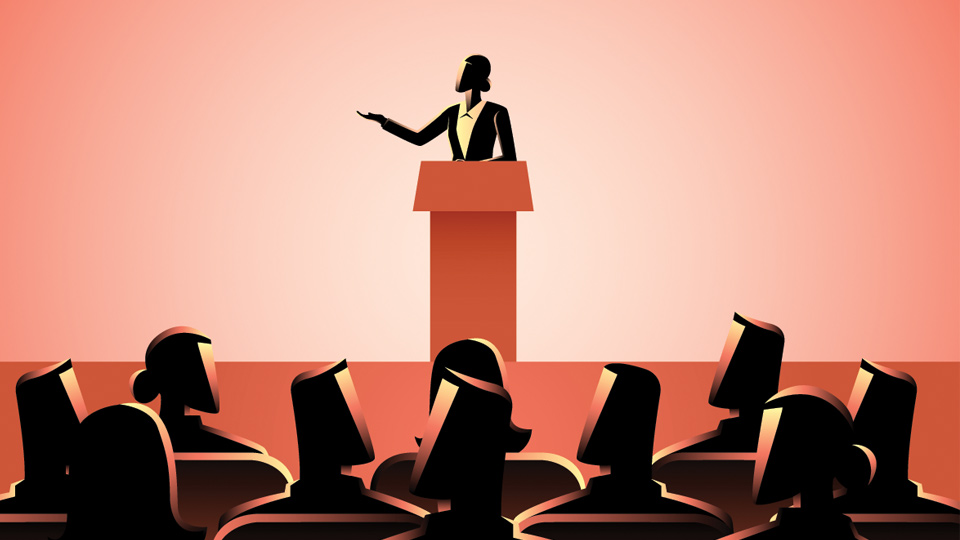
The academics hope to conduct further research in this area and study a variety of politicians.
Dr Albert said: “We were surprised at how rich these moments in the middle region of public life were as sources of data and we hope this paper launches a new area of study.
“We hope to demonstrate the use of Conversation Analysis for studying this specific type of public-political interaction, and to learn more about the construction of a political persona in interaction, especially in relation to how these moments are shared and commented upon via social media.”
The full paper, titled ‘Conversation analysis at the ‘middle region’ of public life: Greetings and the interactional construction of Donald Trump's political persona’, can be found here.
The paper came out of a panel at the American Anthropological Association annual meeting where language scholars from different methodological disciplines analysed Trump's Black History Month listening session.
The panel was organised by Dr Joshua Raclaw (West Chester University), with Professor Kira Hall (University of Colorado) serving as the panel respondent.
